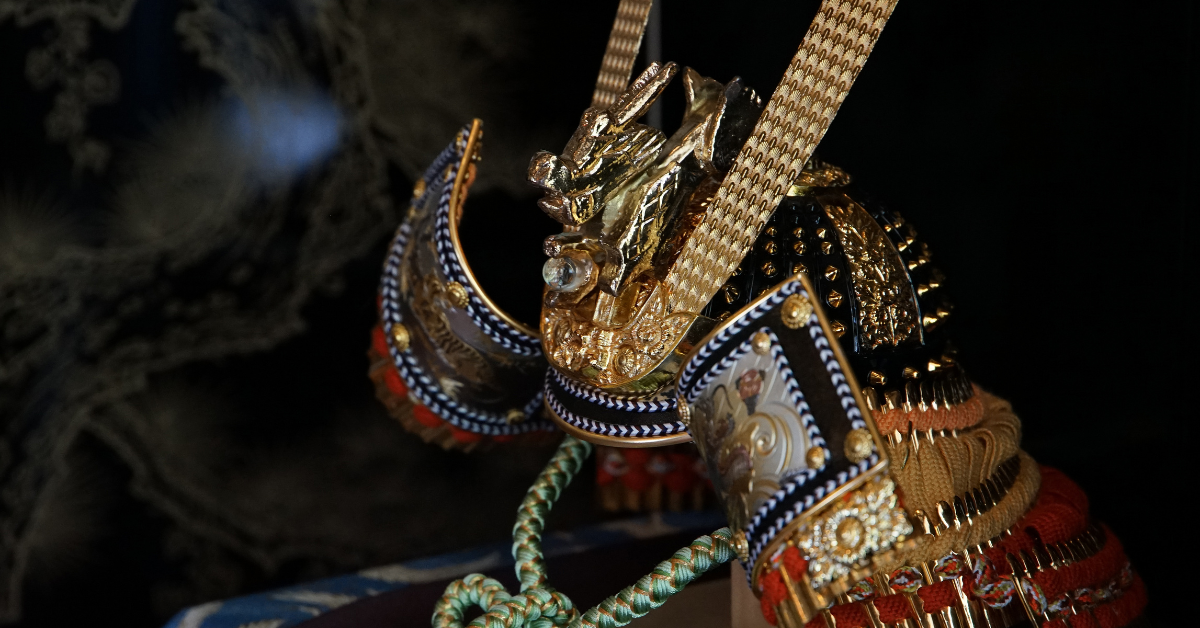The Hollywood-produced drama “SHOGUN” has captivated global audiences with its portrayal of Japan’s Sengoku period. In Japan, however, reactions are divided between admiration for its authentic historical detail and criticism of its strong Western perspective.
What Is SHOGUN?
“SHOGUN” is based on the novel by James Clavell and set in 1600, just before the Battle of Sekigahara. The story revolves around the meeting of Lord Toranaga (a character inspired by Tokugawa Ieyasu) and the English navigator Anjin (modeled on William Adams). This encounter sparks conflicts involving powerful warlords, religious factions, and cultural exchanges that shaped Japan’s history.
Hiroyuki Sanada, who starred and also served as producer, is highly regarded both in Japan and abroad. Many viewers believe his involvement ensured the drama’s cultural authenticity and attention to detail, further boosting interest worldwide.
Key Aspects of Japanese Reception
Historical Accuracy and Cultural Representation
Japanese audiences were particularly impressed by the accuracy of historical details. Costumes, armor, etiquette, and castle architecture were depicted with remarkable precision.
Scenic elements also received praise. From misty mountain paths to tense yet quiet preparations for battle, the series embraced the Japanese aesthetic of “ma” (the beauty of silence and spacing). This careful representation reassured Japanese viewers that their culture had been treated with respect.
The Presence of Japanese Actors
Hiroyuki Sanada and other Japanese cast members gave natural and powerful performances that resonated with domestic viewers. Even in a bilingual script mixing English and Japanese, the acting felt authentic and convincing.
Supporting actors added depth to the story. Their portrayals of loyalty, inner conflict, ambition, and resilience reflected the human complexity of the Sengoku era, leaving a strong impression on Japanese audiences.
Praise and Criticism from Japanese Viewers
Despite high praise, critical opinions also surfaced.
- Some felt that the portrayal of samurai values and religion carried a strong Western interpretation
- Others argued that because Anjin, the foreign navigator, was placed at the center, Japanese history appeared to be told from an outsider’s perspective
Nevertheless, many viewers acknowledged that “it is rare for an overseas production to depict Japanese culture with such depth,” which led to an overall positive reception.
Japanese Evaluation Seen from a Foreign Perspective
| Perspective | Japanese Reaction | Meaning for Foreign Viewers |
|---|---|---|
| Historical Accuracy | Praised for authenticity | Offers a true understanding of Japanese culture |
| Cast | Admiration for acting | Highlights the talent of Japanese actors |
| Western Lens | Some discomfort | Easier introduction for Western audiences |
| Visuals | Stunning realism | Serves as an entry point to Japan |
Elements That Shape the Reception
Positive Aspects in Japan
| Element | Description | Viewer Impression |
|---|---|---|
| Historical Accuracy | Faithful costumes, architecture, customs | Remarkably authentic |
| Acting | Natural performances by Japanese actors | Adds credibility to the story |
| Visuals | Harmony of nature and architecture | Embodies Japanese aesthetics |
| Global Impact | International popularity | Encourages reevaluation of Japanese culture |
Critical Aspects in Japan
| Point of Criticism | Description | Japanese Reaction |
|---|---|---|
| Western Lens | Religious and moral depictions | Seen as overly foreign-centered |
| Protagonist | Foreigner placed at center | Feels like Japanese history is secondary |
| Fictionalization | Deviations from fact | Accepted as drama, but debated |
Differences Between Japan and Abroad
| Aspect | Japan | Overseas |
|---|---|---|
| History | Focus on accuracy | Viewed as exotic cultural discovery |
| Actors | Confidence in Japanese talent | Hiroyuki Sanada’s status elevated |
| Story | Mixed feelings about outsider POV | Accessible to Western viewers |
| Visuals | Admired for realism | Seen as cinematic tourism of Japan |
Impact of SHOGUN
| Area | Impact in Japan | Impact Abroad |
|---|---|---|
| Tourism | Renewed interest in Japanese culture | Motivates travel to Japan |
| Education | Wider understanding of Sengoku history | Serves as a learning resource |
| Acting Careers | Raised international recognition | Opens doors for future roles |
| Film/TV Industry | Expands global collaborations | More projects set in Japan |
Broader Impact of SHOGUN
The series played a role far beyond being a historical drama. It sparked public debate in Japan while raising global interest in Japanese culture.
- Foreign viewers became fascinated by samurai ethics and Japanese history, inspiring tourism and study
- Japanese audiences reconsidered how their culture is represented and perceived globally
- Japanese actors gained new international opportunities, with Hiroyuki Sanada in particular solidifying his global reputation
Conclusion
The reception of “SHOGUN” in Japan reflects a duality: “faithful cultural representation” on one hand, and “a strong Western perspective” on the other. Yet, its significance cannot be understated.
The series allowed foreign viewers to discover Japanese culture, while giving Japanese people an opportunity to see their own history through a new lens. This cross-cultural production stands as both an entry point for outsiders and a reaffirmation of cultural pride for Japanese audiences.
Ultimately, “SHOGUN” is not just entertainment but a bridge. It is likely to be remembered as a work that encouraged both dialogue and deeper cultural understanding.






